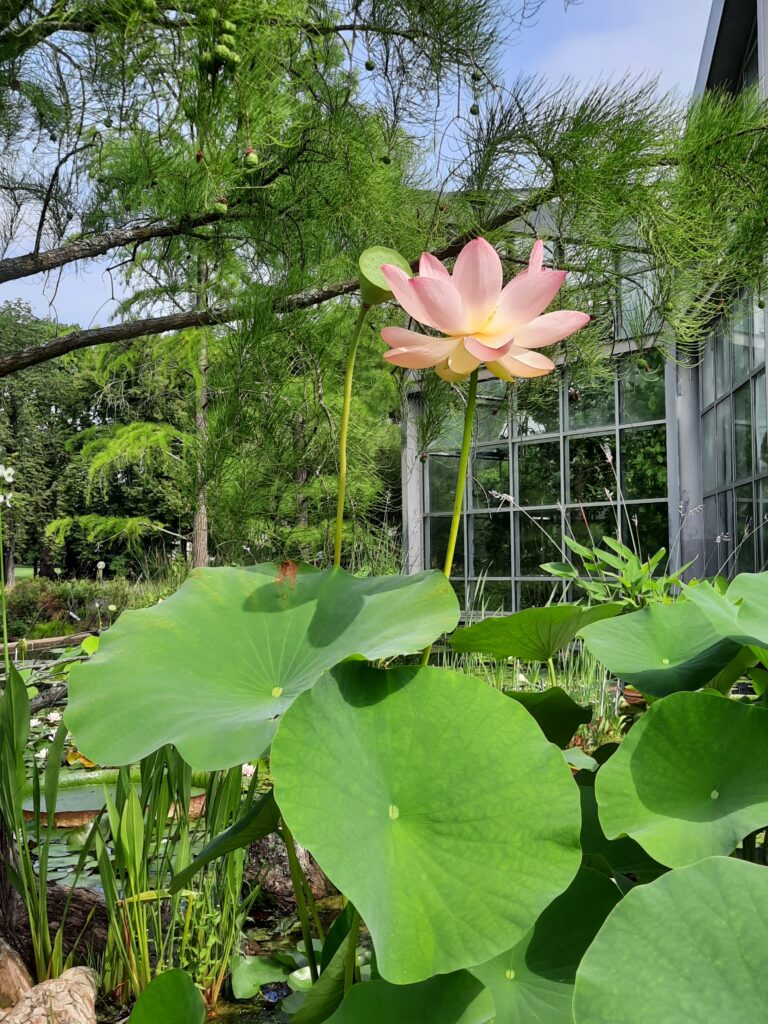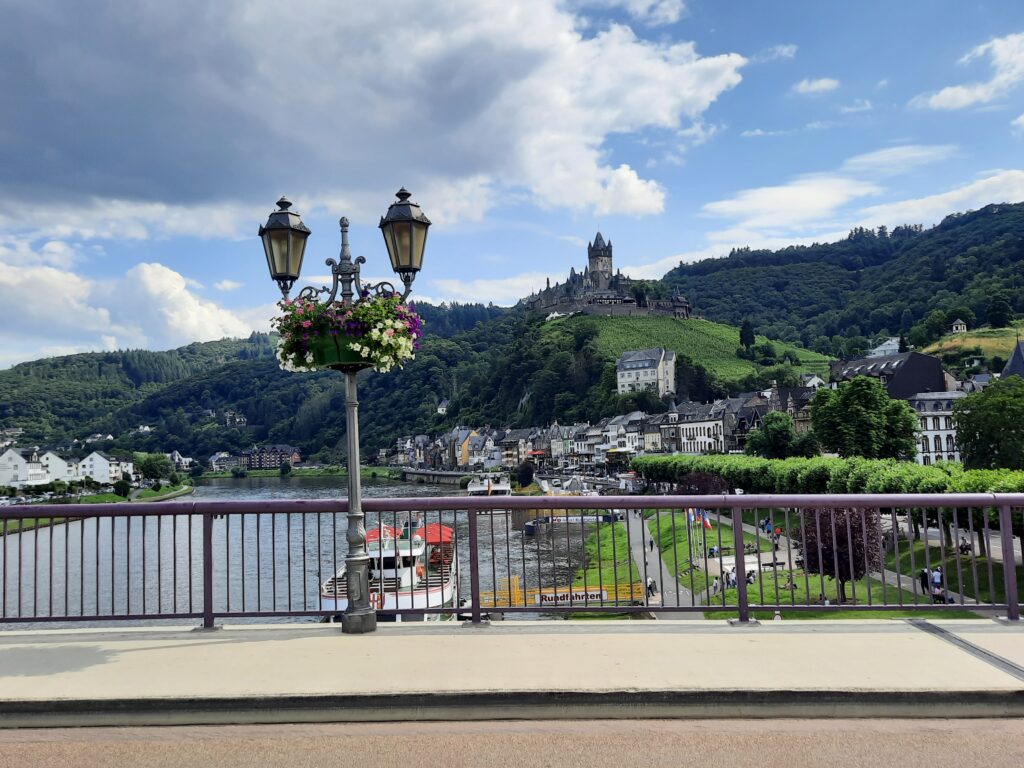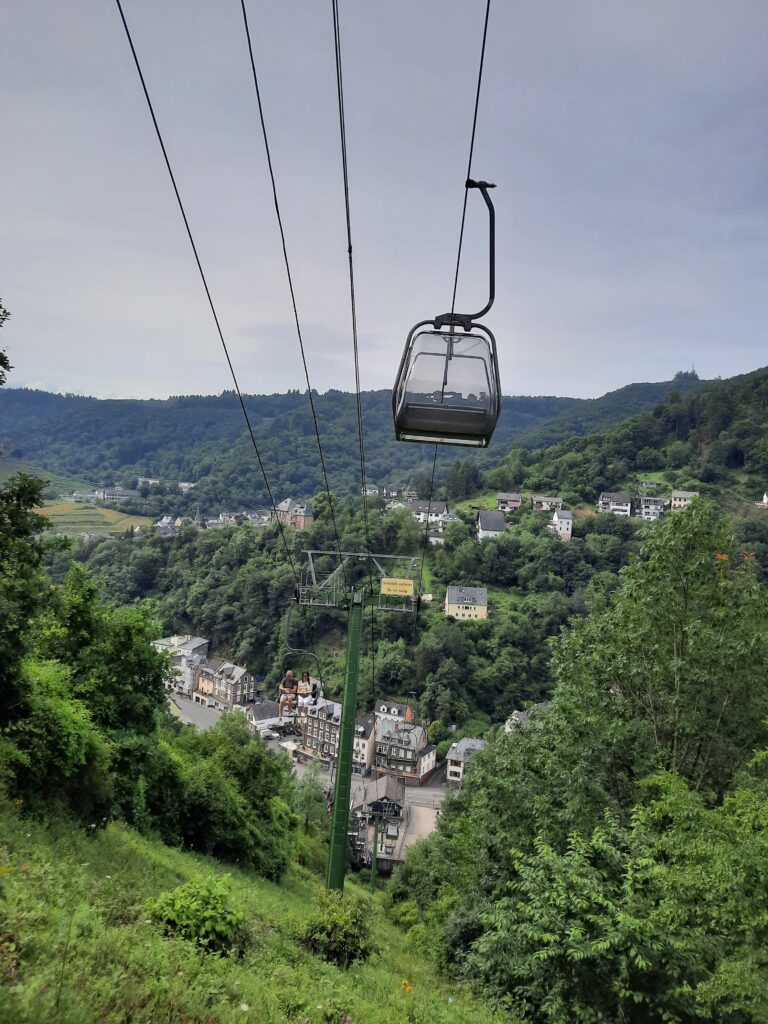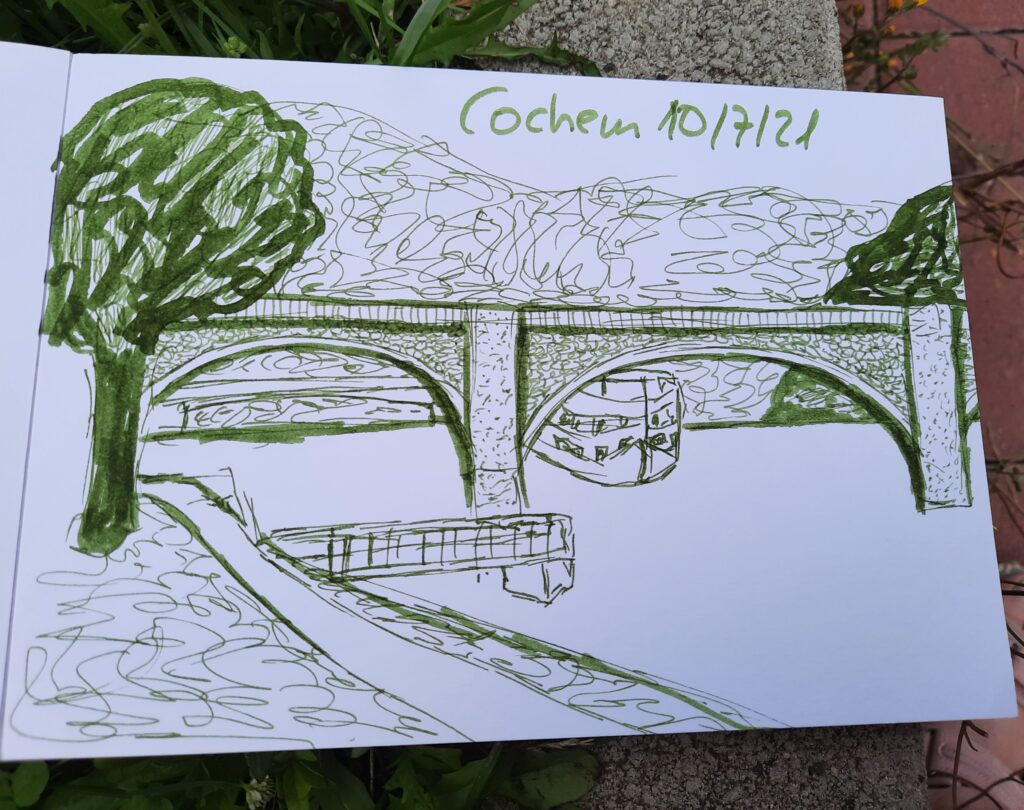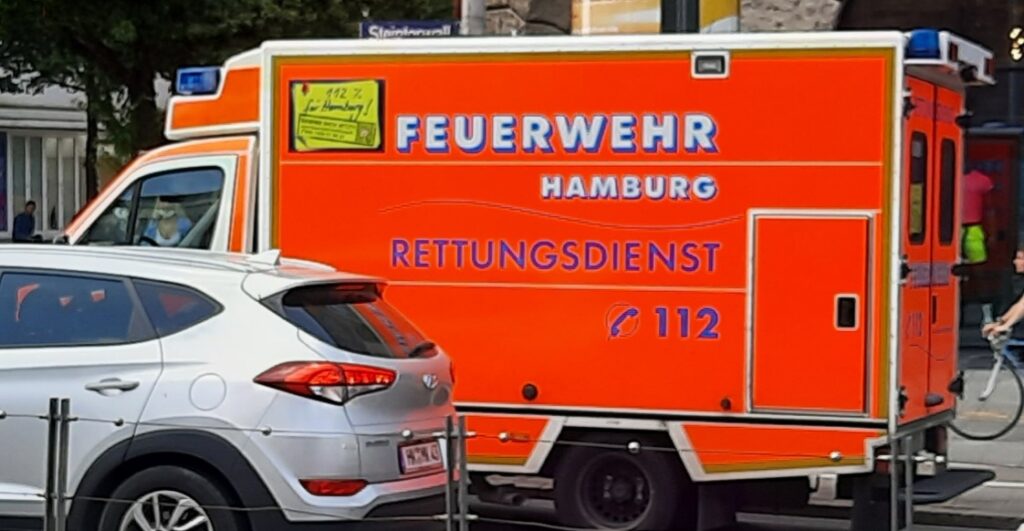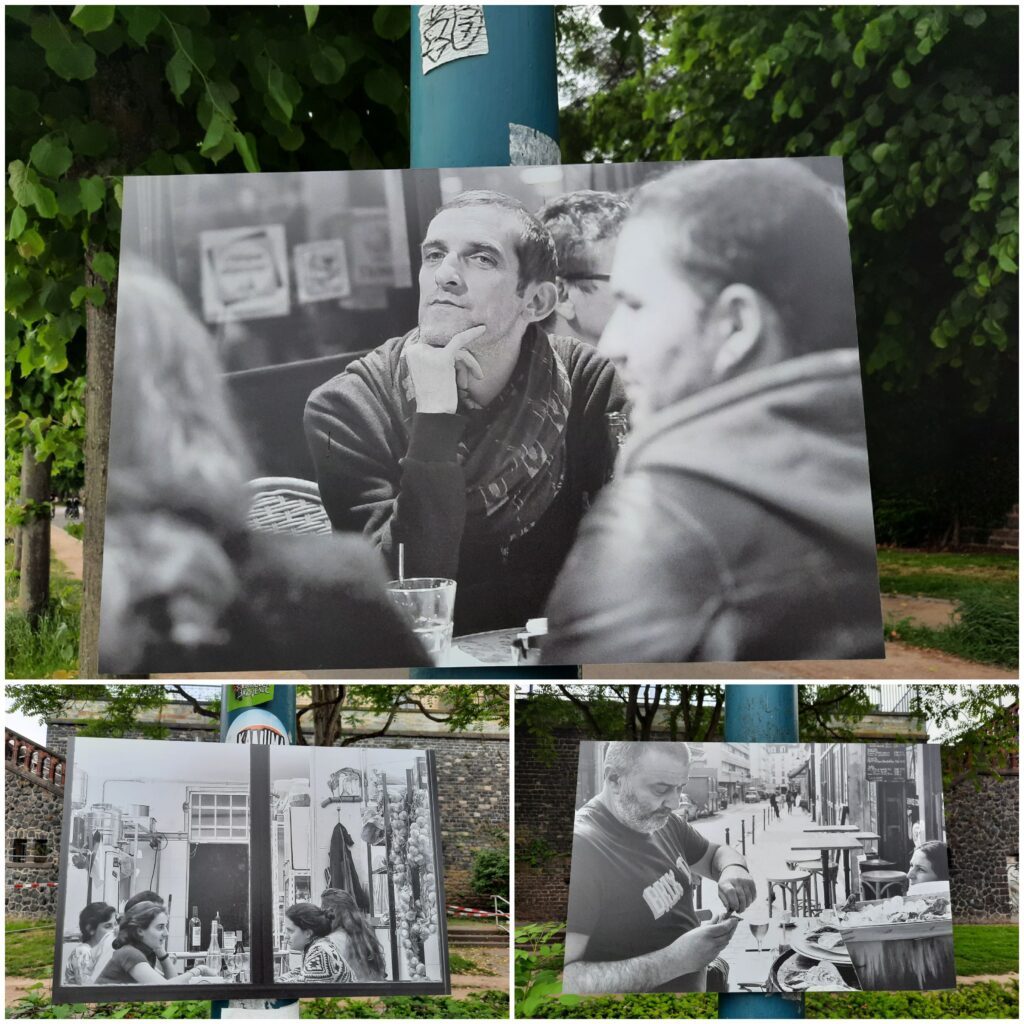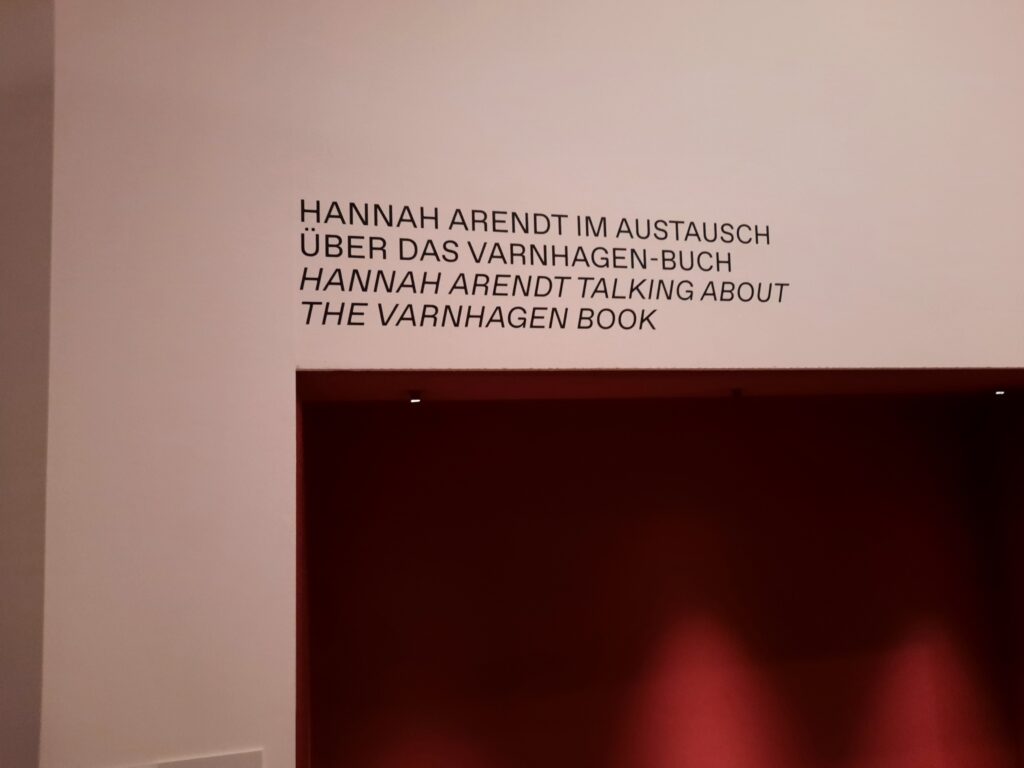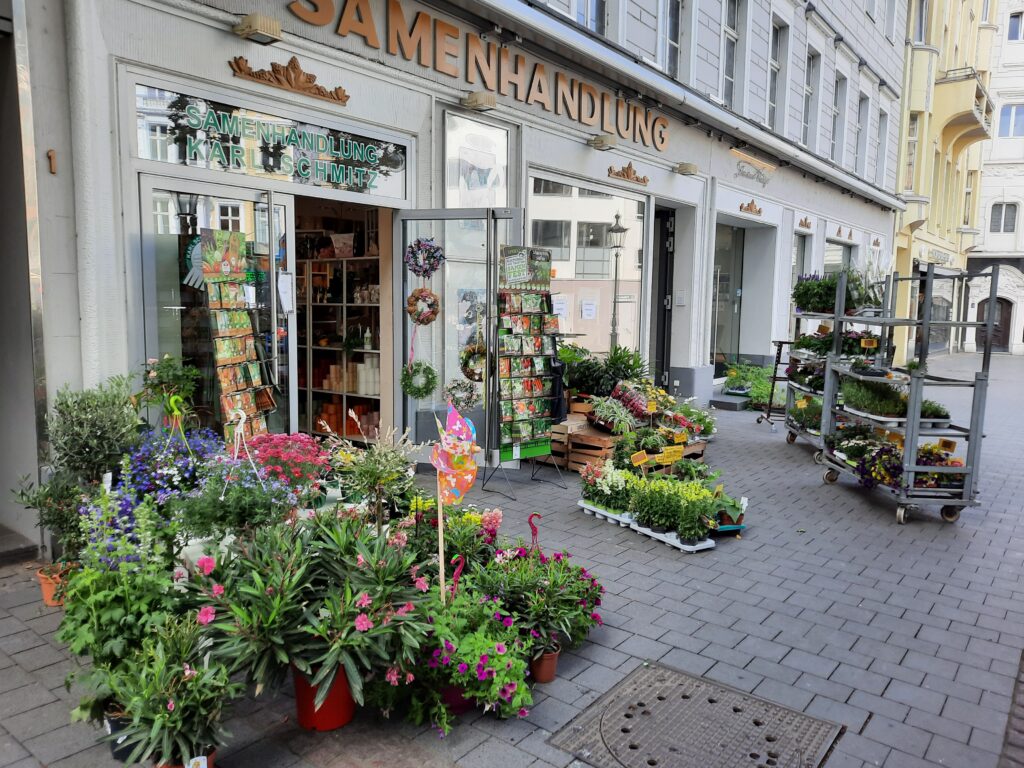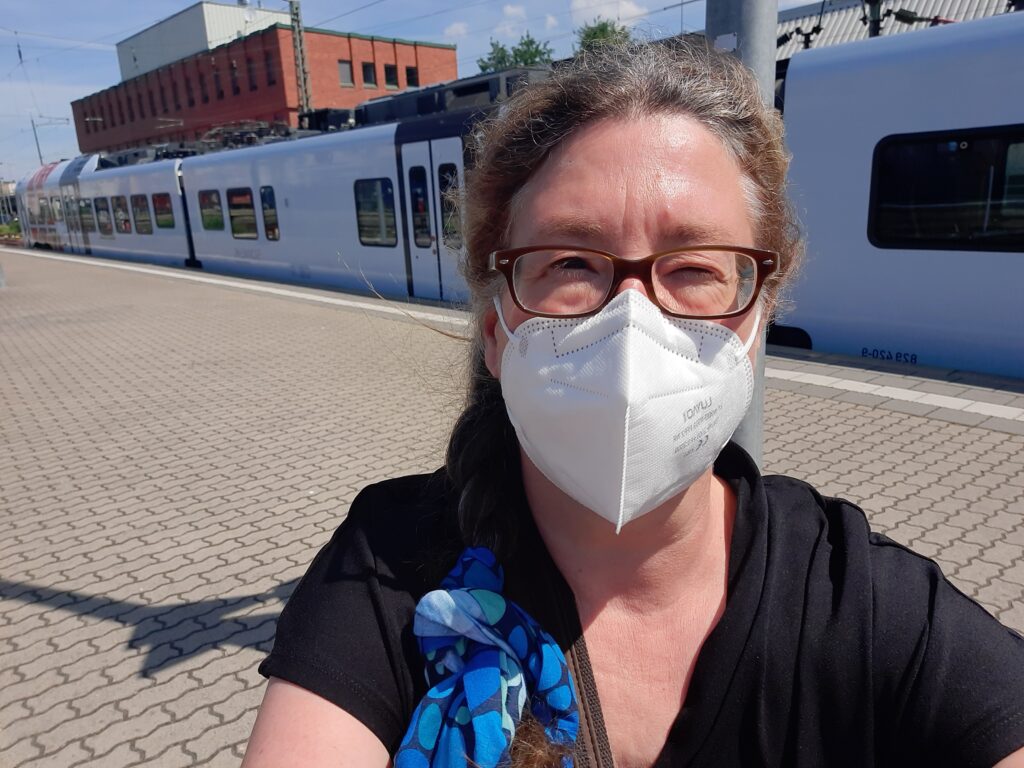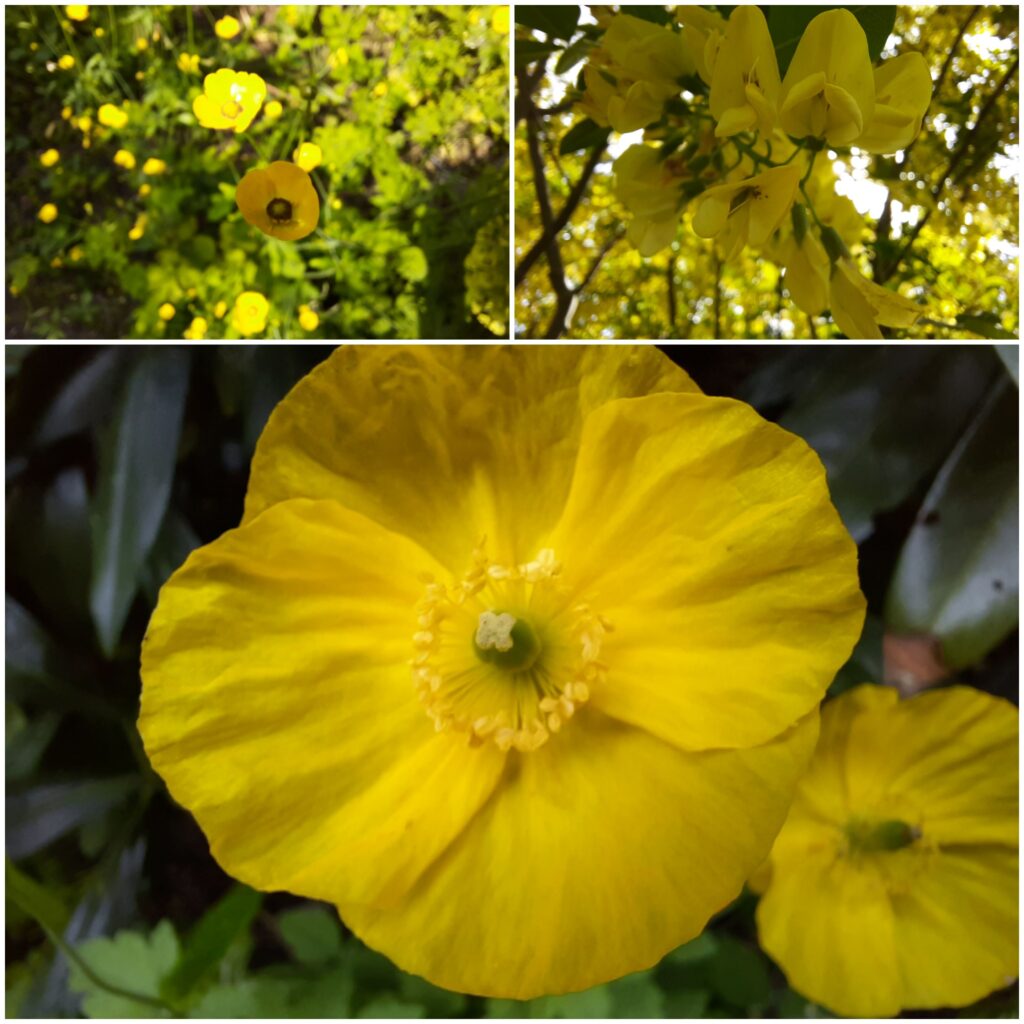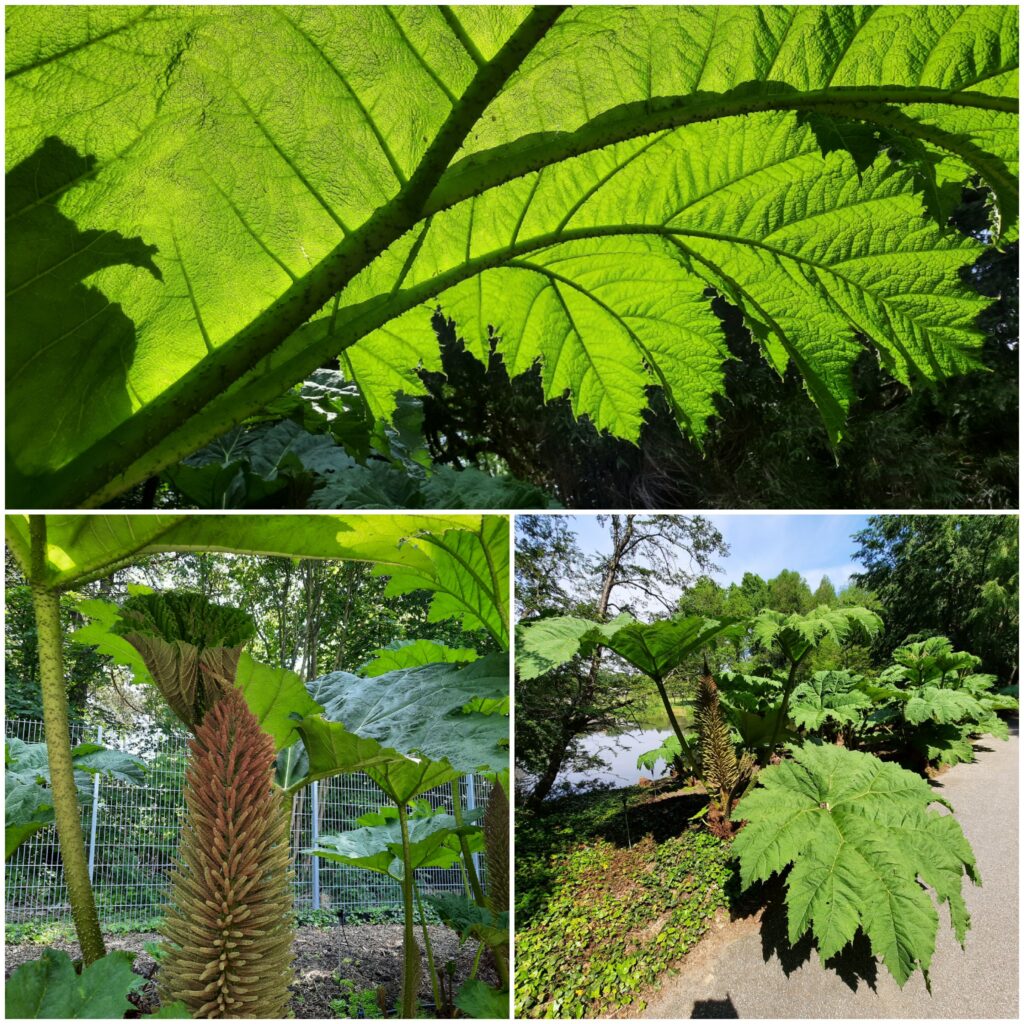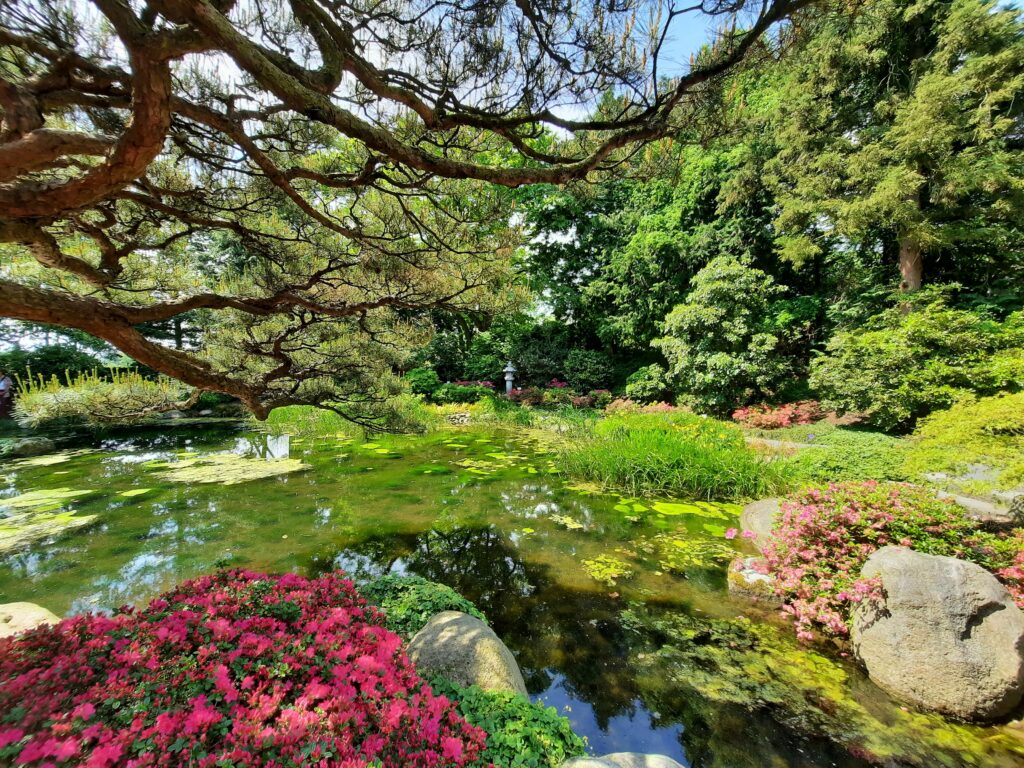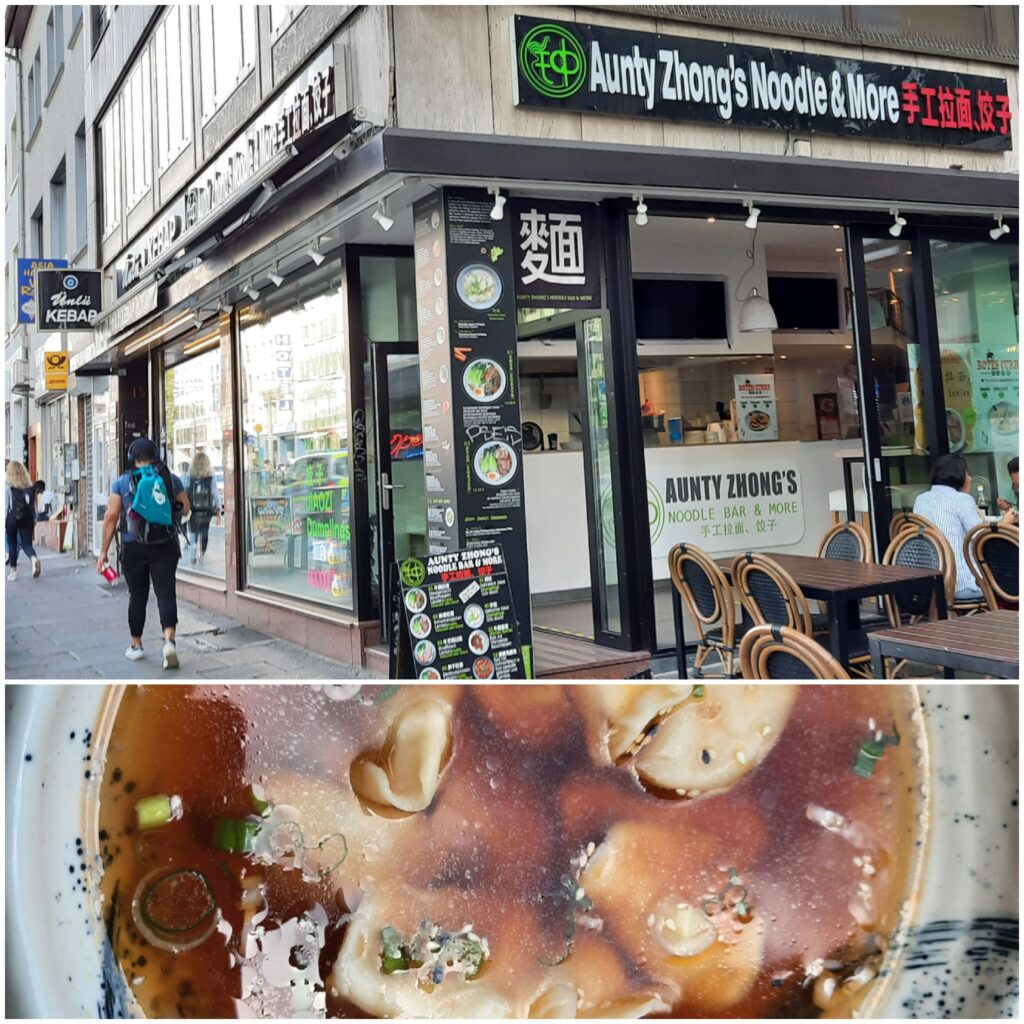
Der Mensch braucht Rituale und ich chinesischen Dumplings von Aunt Zongs Noodle Bar am Frankfurter Hauptbahnhof. Dauerhafte Frankfurt-Erinerungen: Die erste Wikimania 2005, die Zeit als P. hier ihr Referendariat gemacht hat & ich öfter „kurz“ für’s Wochenende von Hamburg nach Frankfurt fuhr, unsere Besuche im Palmengarten, die hausgemachte Limonade bei Die-Kuh-die-lacht. Später dann Offenbach, die Dachterase in dem Haus von R. Und eben chinesischen Dumplings. Ich mag sie am liebsten gekocht, es gibt sie aber auch dedämpft, fritiert oder gebraten. Die Herstellung ist denkbar einfach, der Teig besteht nur aus Mehl, heißem Wasser und Salz. Und Dumplings und Empanadas brachten mich auf die Teigrolle, die 10 Mal besser ist als ein Nudelholz.
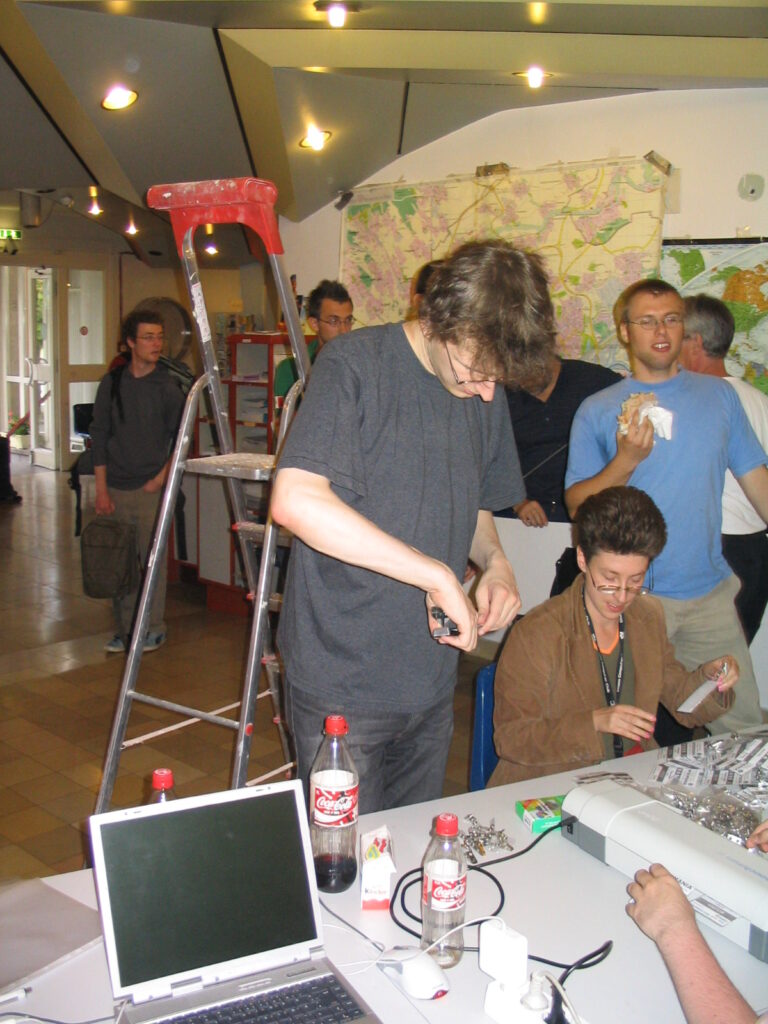
Die Flutkatastrophe sitzt mir im Nacken und ich habe zu wenig geschlafen, aber wegfahren hilft für Abstand. Ein paar Mal notiere ich die Tage „Ich wil einen Liebhaber und ans Meer fahren.“, weil mir alles zu viel ist. Praktischweise kann man auch ohne Liebhaber nach Frankfurt fahren, es wäre mir auch zu viel, jetzt noch einen auftreiben zu müssen. Im Palmengarten soll der Titanenwurz blühen, lese ich auf der Hinfahrt. Also muss ich dort hin. Ein bisschen erschreckt mich, dass er nach Aas riechen und Wärme produzieren soll – damit er Käfer anlockt, die für seine Bestäubung sorgen. Der Palmegarten feiert darüber hinaus sein 150jähriges Jubiläum (Er wurde seinerzeit aus tropischen Baum- und Pflanzenbestände der Orangerie von Schloss Biebrich gegründet).
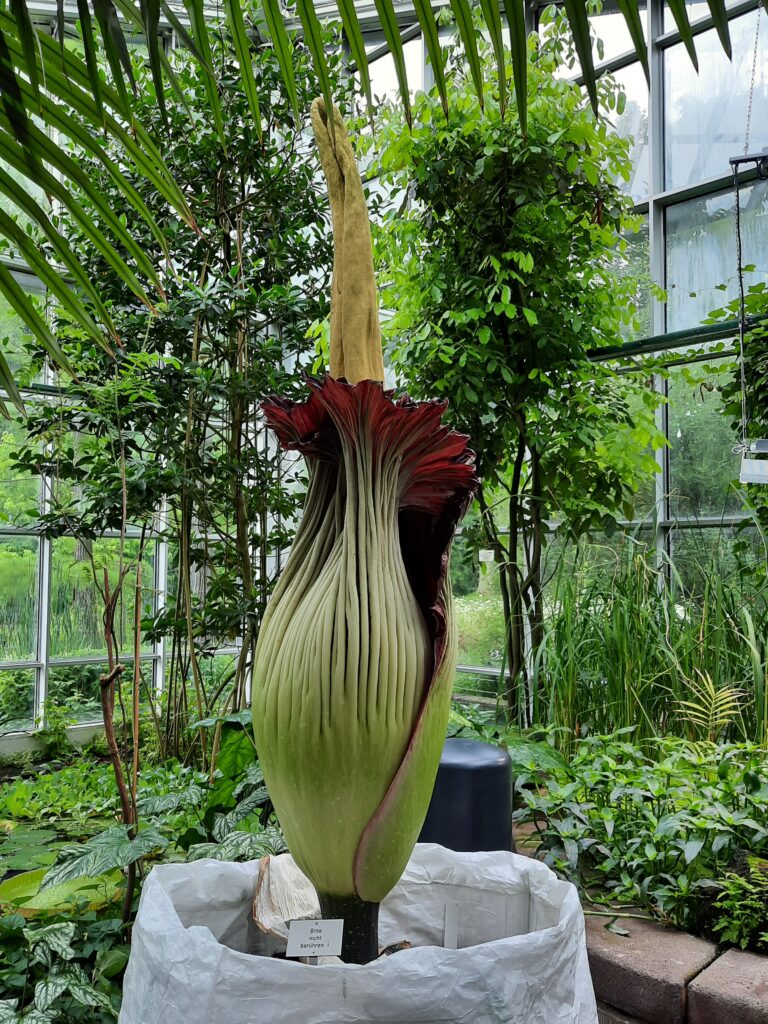
Am nächsten Tag angekommen, nehme ich den Geruch vor allem als süßlich wahr. Ich habe keine Ahnung wie Aas riecht. Ich war schon mehrere Male in der Pathologie, aber Menschenleichen riechen deutlich strenger und sind vom Geruch her kaum zu ertragen. Besonders beeindrucken mich anschließend vor dem Tropengewächshaus diw Nelumbo nucifera, die indische Lotusblume. Ich hatte mir Lotusblumen wie Seerosen immer wassernah vorgestellt, aber die Blüten ragen auf Stengeln weit aus dem Wasser heraus. Wunderschön und seltsam die Lotussamenkapseln, die wie Duschbrausen aussehen.
